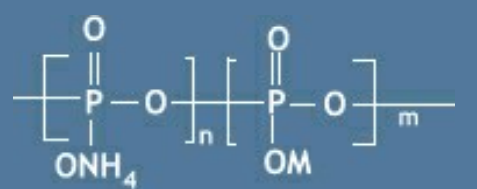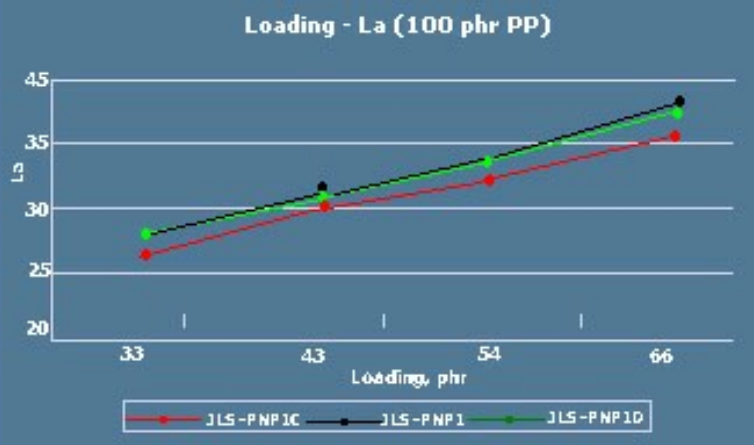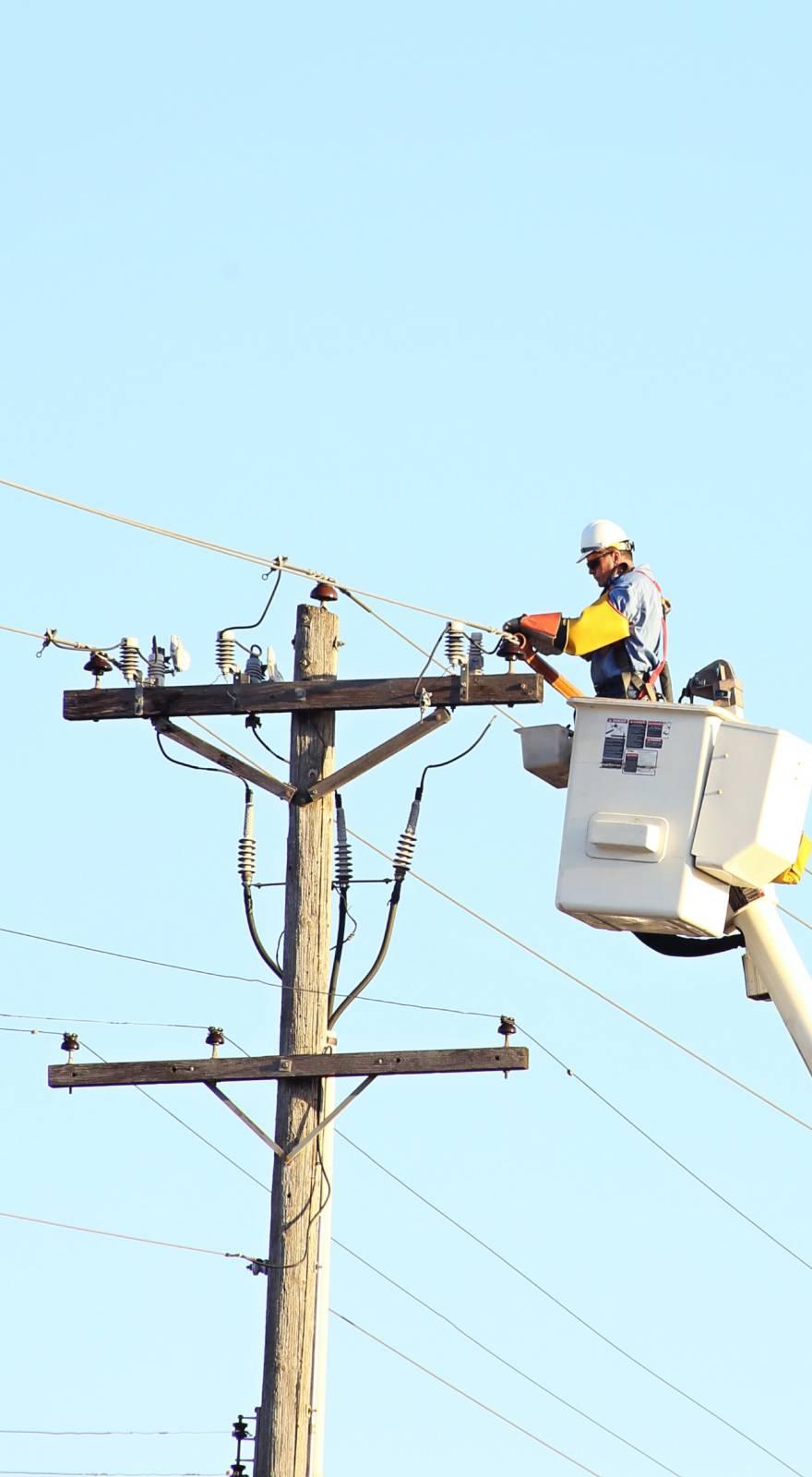Knowde Enhanced TDS
Identification & Functionality
- Chemical Name
- Plastics & Elastomers Functions
- CAS No.
- 68333-79-9
- EC No.
- 269-789-9
- Technologies
- Product Families
- Chemical Structure

M= amine compound, we adjust M breed and ratio to get PNP1, PNP1C and PNP1D
Features & Benefits
- Labeling Claims
- Materials Features
Applications & Uses
- Applications
- Compatible Polymers & Resins
- Plastics & Elastomers End Uses
Properties
- Flame Rating
- Specifications
| Value | Units | Test Method / Conditions | |
| Phosphorous Content | 22.0 | % | — |
| Nitrogen Content | 18.0 | % | — |
| Average Particle | approx. 10 | µm | — |
Technical Details & Test Data
- Test Data
- The JLS‐PNP1 is the best flame retardant of JLS‐PNP1 series in flame retardant efficiency. One limitation is its particulate size are relatively big causing certain applications to be unable to use, such as (e.g. cable).
- Other competitor products perform less effective in water‐proof and flame retardant efficiency, such as, Budit 3076 which comparably performs worse in water‐proof testing.
- JLS‐PNP1 is also used in TPU and TPE, but JLS‐PNP1C is more dispersive in the polymer. JLS comparable competitor’s products cannot be used in TPU and TPE, but JLS is unique. The compound is mainly used for E&E cable (the standard is UL1581).
At PP, the flame retarded efficiency chart is provided

Loading, phr LOI JLS‐PNP1 JLS‐PNP1C JLS‐PNP1D 33 28 26 28 43 33 31 32 54 38 36 38 66 42 39 41

